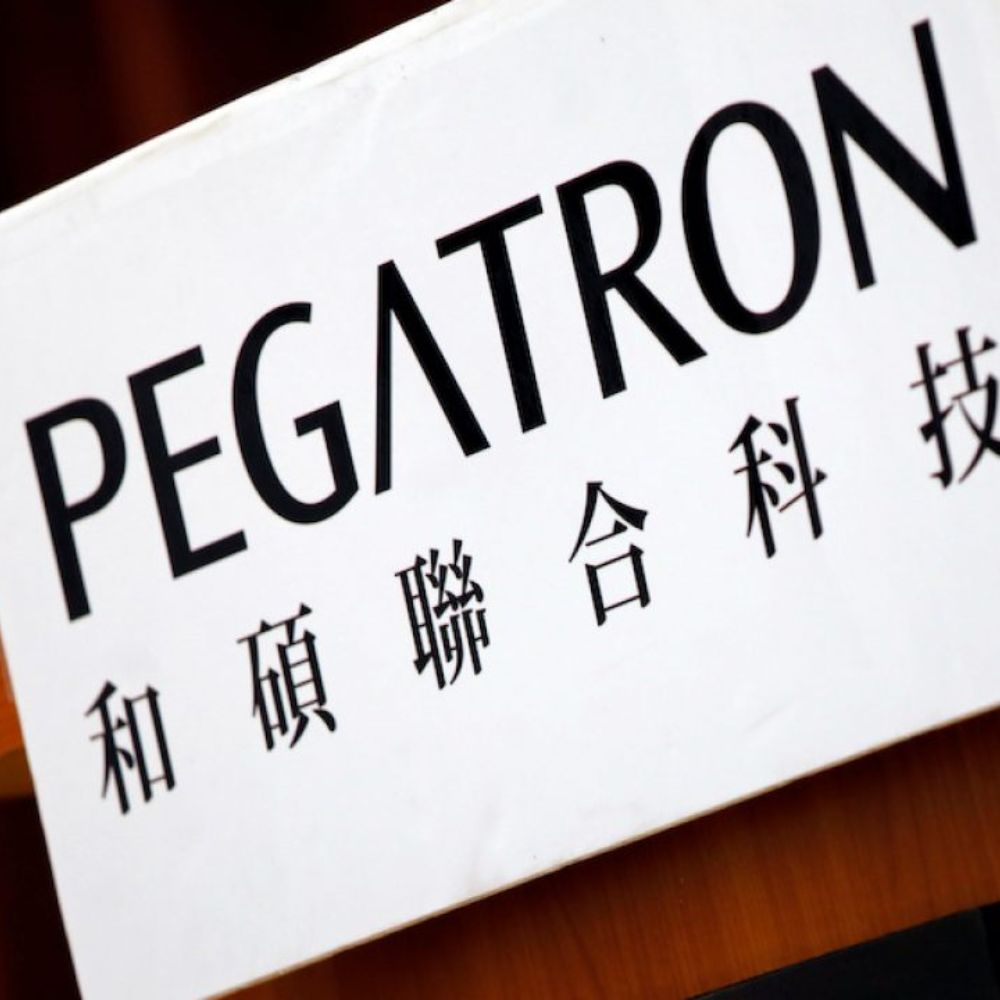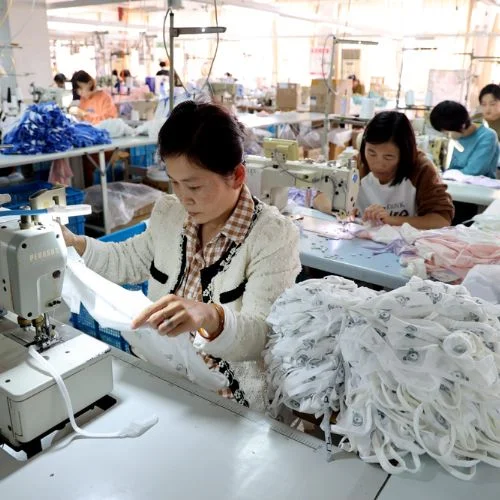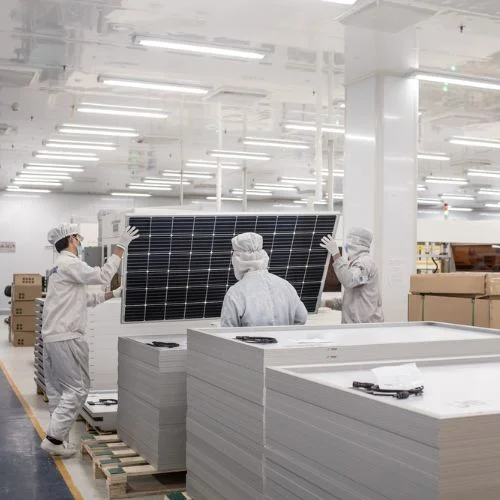Pegatron Corporation, a Taiwan-based company, specializes in the development, manufacturing, and design of computers, computer hardware, portable devices, and associated peripheral devices. The company was founded on January 1, 2008. Pegatron currently accounts for 10% of Apple’s iPhone production in India annually, as reported by Reuters.

As Apple continues to diversify its production away from China, the decision to establish a new manufacturing facility in India aligns with its expansion strategy. In 2017, Apple established iPhone assembly facilities in India through its suppliers, Wistron and Foxconn. Since then, the company has been prioritizing India in its expansion strategy.
The Indian government has implemented production-linked incentive (PLI) schemes to promote local manufacturing of mobile devices. The goal of these schemes is to increase domestic manufacturing and attract large investments in mobile phone manufacturing and specified electronic components, such as Assembly, Testing, Marking, and Packaging (ATMP) units. Apple has greatly benefitted from the PLI scheme, becoming a leader in domestic manufacturing and exports from India.

In December 2022, Apple made history by becoming the first company to export over $1 billion worth of iPhones within a month. Between April and December 2022, the company exported over Rs 30,000 crore worth of smartphones, accounting for approximately 40% of the total smartphone exports in value from India.
With plans to expand in India and diversify production away from China, Apple is expected to continue investing in the country’s mobile device manufacturing sector. This move will not only help Apple reduce its reliance on China but will also contribute to India’s economic growth by boosting its manufacturing industry.
Overall, the PLI initiatives have manifested as a triumphant campaign instituted by the Indian administration aimed at boosting local manufacturing and stimulating foreign investments. The success of Apple in India epitomizes the advantageous outcomes that can stem from such programs. Through endowing inducements to manufacturers, the Indian government has managed to lure investments and facilitate an environment that is amicable to enterprises that aspire to establish a stronghold in the nation’s lucrative mobile device market.
Moreover, Apple’s contribution to India’s manufacturing industry is inclined to generate opportunities for employment, particularly in rural domains where manufacturing is a substantial propellant for economic advancement. By extension, this will foster a reduction in poverty rates and elevate living standards for those who inhabit these regions.
To conclude, the PLI initiatives have been an immense boost to India’s manufacturing industry, particularly in the sphere of mobile devices. Apple’s contribution to India constitutes an exemplary demonstration of the potential advantages that can emerge from such initiatives. The Indian government should sustain the promotion of such initiatives to entice more investments and generate more employment opportunities, thereby fostering the nation’s overall economic development.















